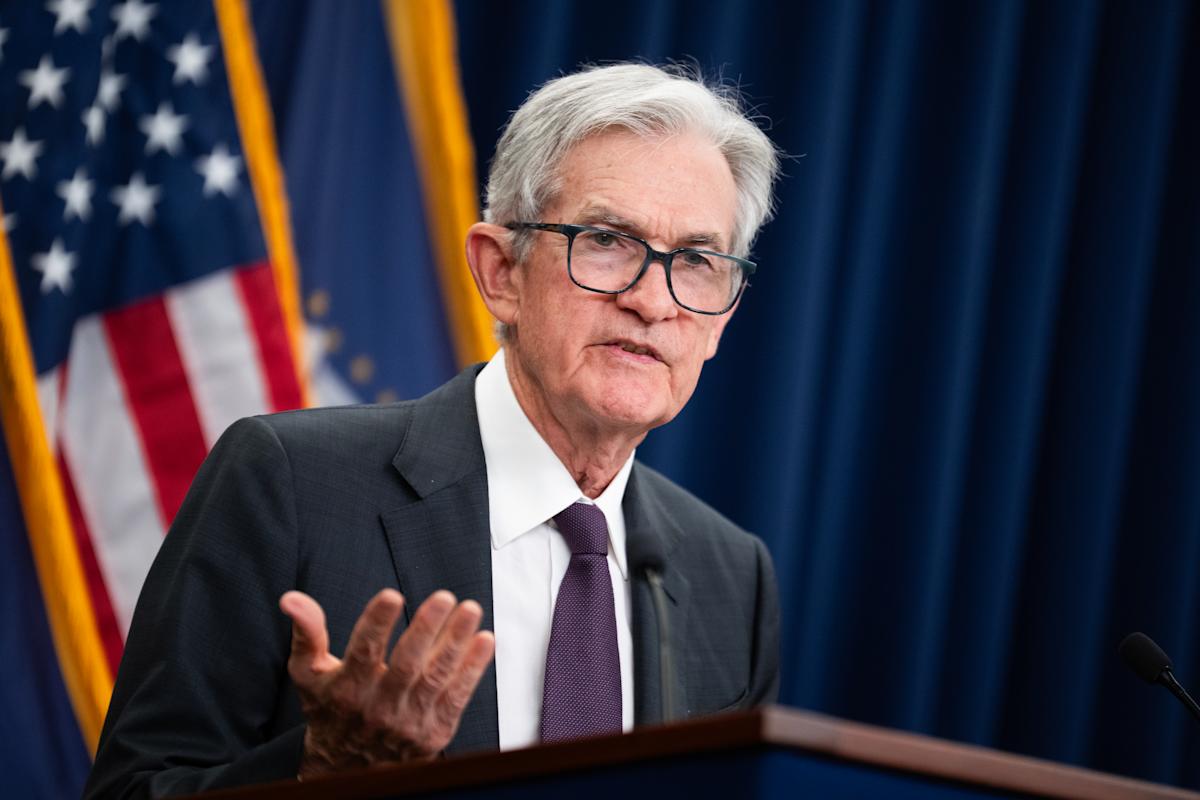Markets ended the week largely unfazed by a hotter wholesale inflation print and signs of firming consumer prices, but some economists warn the underlying story is more concerning than investors seem to believe.
The Producer Price Index (PPI) for July surged to a three-year high, with services inflation playing a key role in the gains. A similar trend appeared in the latest Consumer Price Index (CPI) report earlier this week as firming prices in services like dental care and airline fares marked a surprise reversal from the prior softening that had been offsetting higher goods prices from tariffs.
The fresh data now puts the Federal Reserve, which targets 2% inflation, in a precarious position as tensions between its dual mandate of price stability and maximum employment begin to surface.
Massive downward revisions in July’s jobs report last week fueled concerns that the labor market is softening too quickly, strengthening the case for rate cuts. But the hotter-than-anticipated inflation data could suggest the need for more restraint.
As of Friday afternoon, markets continued to price in about an 85% probability that the central bank will cut rates in September, according to the latest CME FedWatch Tool. Federal Reserve Chair Jerome Powell’s Jackson Hole speech next week could give hints on the Fed’s next policy move.
Some economists argue the Fed should hold off on rate cuts — or even consider raising rates.
“These are broad-based inflationary pressures,” Lauren Saidel-Baker, economist at ITR Economics, told Yahoo Finance following this week’s hotter-than-expected PPI print. “I see more reason for rates to be rising in order to not let inflation get away from us.”
Saidel-Baker noted these pressures have been building for years and aren’t solely the result of tariffs. She pointed to higher wages and rising energy costs as key drivers now feeding into the data. She also stressed that the full impact of tariffs will take time to emerge.
“Inflation is the risk that’s on our doorstep, much more so than the labor market,” Saidel-Baker emphasized. “Fed officials know that.”
Read more: How the Fed rate decision affects your bank accounts, loans, credit cards, and investments
Chicago Fed president Austan Goolsbee cautioned Wednesday that a continued rise in services prices, similar to what was seen in this week’s CPI report, would be worrisome
“Services are not tied to the tariffs,” he said. “Everyone is hoping that’s just a blip. There’s noise in the data. If you start to get multiple months where the components suggest that the impact of tariff inflation is not staying in its lane, that would be more of a concern.”
Story continues
At the same time, the latest numbers painted a mixed picture.
Michael Gapen, chief US economist at Morgan Stanley, told Yahoo Finance earlier this week that the July CPI report offered “some good news and some bad news.”
“The good news here is that tariff impulse into inflation wasn’t as high as anticipated this month,” he said. “The bad news is that services inflation was pretty soft in prior months. And it did give the impression to many that, hey, maybe we could ignore tariff inflation because services weakness will offset it. But now, I think a lot of that’s reversed.”
“I’m not ready to say, ‘Oh, services is about ready to roar higher,” he added, “[but] if it’s firming, we do have to watch out.”
Gapen is still calling for no rate cuts this year, despite the market’s near certainty that at least one is coming.
“There’s enough inflation momentum here that suggests inflation will continue to deviate from the Fed’s mandate,” he said. “Immigration controls are likely to keep the unemployment rate low. And that means a tight labor market.”
Read more: How jobs, inflation, and the Fed are all related
Federal Reserve Chair Jerome Powell speaks during a news conference following the Federal Open Market Committee meeting on July 30 in Washington, D.C. (AP Photo/Manuel Balce Ceneta) · ASSOCIATED PRESS
Despite the recent downward revisions, the labor market has remained relatively strong, supporting consumers as spending patterns hold up.
Still, cracks are emerging as payroll growth slows, job openings decline, and continuing claims, or the number of Americans receiving ongoing unemployment benefits, edge higher.
Chris Watling, global economist and chief market strategist at Longview Economics, argued that while inflation might firm up over the next few months, the bigger story is the risk of a slowing economy.
“The more important factor here is the employment and growth mandate [which] is why the market’s focus is shifting,” he said. “The manufacturing sector has had no growth in three years. Housing is deteriorating. I think this is a really clear slowdown in this economy. And I’m amazed the Fed isn’t getting on with it.”
Watling said he believes the Fed should begin easing in September and continue cutting through the end of the year, arguing that the slowdown in underlying growth will outweigh any near-term uptick in inflation.
Allie Canal is a Senior Reporter at Yahoo Finance. Follow her on X @allie_canal, LinkedIn, and email her at alexandra.canal@yahoofinance.com.
Click here for the latest economic news and indicators to help inform your investing decisions
Read the latest financial and business news from Yahoo Finance
